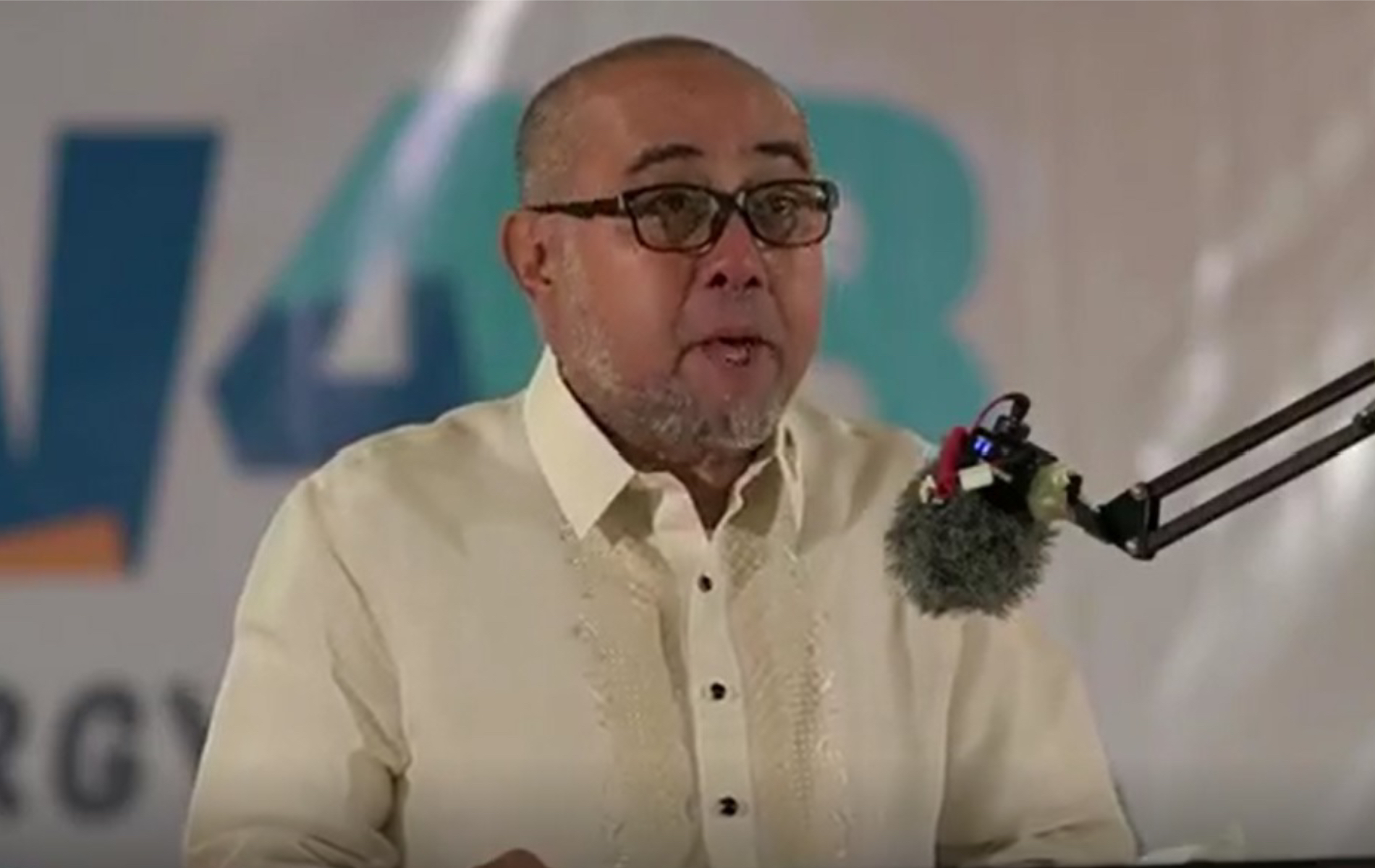PNRI: Small nuclear reactors make more sense than reviving BNPP
- June 7, 2022
- 0

The Philippine Nuclear Research Institute (PNRI) is pushing for the idea of adopting small modular reactors (SMRs), in light of President-elect Ferdinand Marcos Jr’s pronouncement that he is open to the idea of including nuclear power as one of the country’s energy resources,
In a Philippine Daily Inquirer report, PNRI director Carlo Arcilla said, compared to reviving the Bataan Nuclear Power Plant (BNPP), building SMRs is more ideal, especially for isolated islands in the country that are not connected to the National Grid. He said using this technology would save the country construction costs as these are built in the country of origin.
However, Arcilla said that there is no working model yet for the regulation of SMRs, adding that the most advanced design at the moment is the NuScale in the United States.
In March, the Department of Energy and the United States government signed a memorandum of understanding to explore the development of small modular reactors (SMRs) in island provinces. Outgoing energy secretary Alfonso Cusi said that SMRs are viable in the country given the “size and relative transportability, ability to provide non-intermittent power supply and low carbon footprint.”
SMRs, as defined by the International Atomic Energy Agency, are “advanced nuclear reactors that have a power capacity of up to 300MW, which is about one-third of traditional nuclear power reactors.”
With regards to the BNPP, Arcilla said that the government must conduct a detailed geologic study of the dormant Mt. Natib – a nearby volcano – before the possible operation of the mothballed plant.
Should Marcos Jr. decide to take on a nuclear program, Arcilla said that he will ask the president-elect to start a waste management disposal as well.
According to the World Nuclear Association, the radioactivity of nuclear waste takes around 1,000 to 10,000 years.